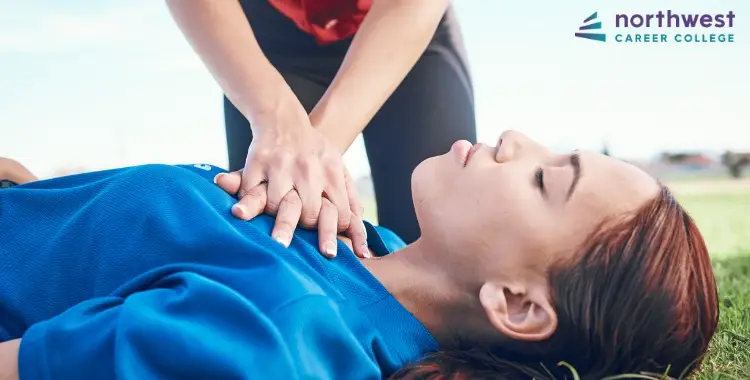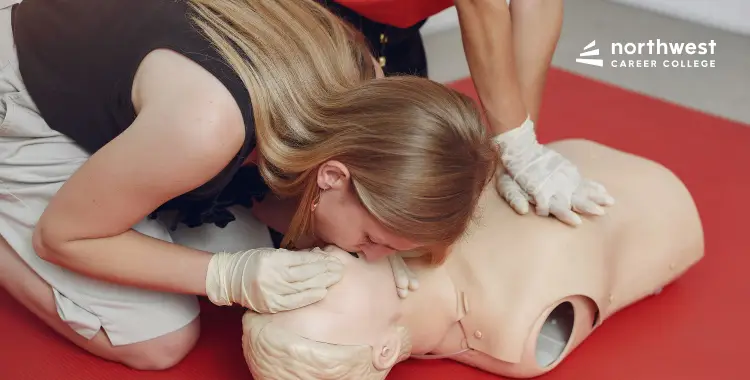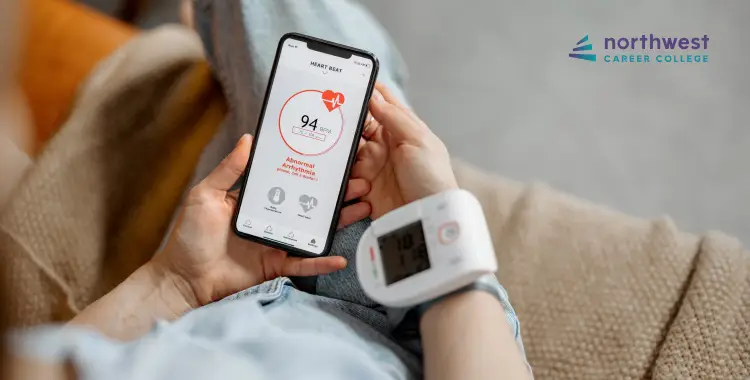What Should You Do If You Are the Only Person Available to Perform CPR?
- October 16, 2024
- 3.1k views
- 4 min read

Immediate action is crucial when someone suddenly stops breathing, or their heart stops beating. The performance of Cardiopulmonary Resuscitation, commonly known as CPR, may make all the difference. Effective bystander CPR can more than double or triple a person’s chances of survival. What do you do if you are the only one available to help someone? Knowledge of the steps will give you a sense of confidence to act if an emergency arises.
Remain Calm and Assess the Situation
First, remain calm. Panic clouds the mind further, making it harder to think clearly, so take deep breaths. Then, observe the scene by checking the person’s responsiveness. Gently tap them on the shoulder and ask them loudly, “Are you okay?”
If there is no response, the person may need CPR. Also, ensure the scene is safe for you to work in; if there is any danger of fire or traffic, take the person to safety before you start performing CPR.
Screaming for Assistance
Even if you are the only one around, calling for help is paramount, especially if you have no first-hand experience performing CPR. Call 911 right away and describe what’s happening to the dispatcher. Let them know where you are and that someone is unresponsive. If necessary, the dispatcher can instruct you on how to conduct CPR.
If you have a phone alone, you can quickly put it on speaker mode to converse with the dispatcher while performing compressions. This will also let you know that help is en route while you are taking action.
Initiate Chest Compressions
After calling for help, initiate chest compressions. Chest compressions facilitate blood flow to the brain and other vital organs. Even without full CPR training, hands-on actions make a huge difference.
How to Do Chest Compressions:
- Place the heel of one hand in the center of the patient’s chest, directly between the nipples.
- Place your other hand onto the first and interlock your fingers.
- Use your body weight to press down hard and fast. Press down about 2 inches with each compression.
- Push at about 100 to 120 compressions per minute.
- If you cannot perform proper chest compressions, remember that some effort is better than no effort.
- Give rescue breaths if trained.
If you are trained in CPR and willing, you can combine rescue breaths with chest compressions. The purpose of the rescue breaths is to restore some oxygen to the person’s lungs.
Steps for Rescue Breaths:
- After 30 compressions, tilt the victim’s head back and lift their chin to open the airway.
- Grab their nose shut and seal your mouth over theirs.
- Give two slow breaths, looking for the person’s chest to rise.
- If you are uncomfortable giving rescue breaths or have yet to be trained, you can perform hands-on CPR by continuing with the compressions until help arrives.
- Continue CPR until help arrives.
Generally speaking, CPR can be exhausting, especially when alone. Still, it is essential to do it until the medical team arrives or when the victim shows signs of breathing or movement.
If the victim starts breathing independently, stop compressions and remain turned this way so you can watch them until the emergency services arrive. If unresponsive, resume CPR without.
What If You Have an AED?
An automated external defibrillator (AED) is a device that may be able to restore heart function with an electric shock if you are at a public location where an AED is available. For example, an AED is usually available at an airport or gym. If an AED is available, use the device as soon as possible.
It will then prompt you to use it and automatically analyze the victim’s heart rhythm to determine whether a shock should be delivered. Even without formal training, AEDs are straightforward to use.
Conclusion
Being the only person available to perform CPR may be intimidating, but the described step-by-step procedure may help save a life. Remain calm, call for help, and start chest compressions right away. Even hands-on CPR does much good until medical personnel arrive. After all, in an emergency, every second counts.
Northwest Career College invites all those interested in learning CPR and seeking complete preparation for handling such situations to participate in our CPR Programs. You will receive the training to provide the opportunity and confidence to act quickly and correctly when a person’s life is in your hands!




